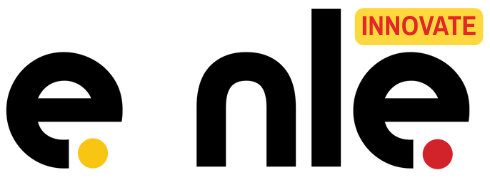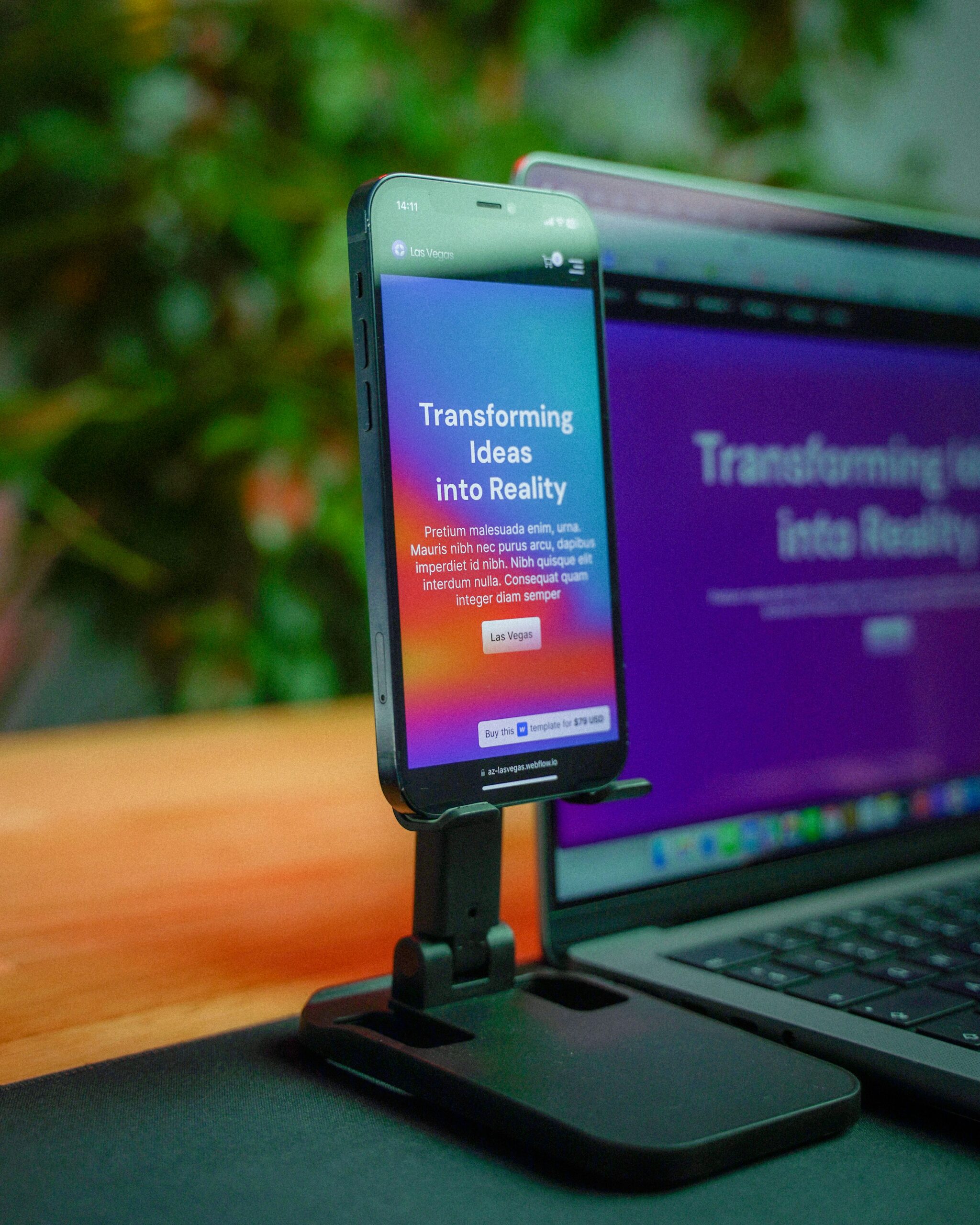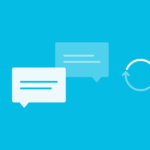Understanding the Difference: Idea vs Product
Every product starts with an idea—but not every idea becomes a product. Ideas are where creativity begins: the sketch on a napkin, the aha moment during a conversation. But unless that idea evolves into something tangible and usable, it remains just that—a thought.
A product, on the other hand, is the result of testing, refinement, and real-world feedback. It’s built to solve a clear problem, meet user needs, and exist in the hands of customers. That’s why the journey from idea to product needs structure. Skipping steps—especially validation—can lead to wasted time and resources. Market research, early user interviews, and feasibility checks help you avoid building something no one wants. The difference between a great idea and a great product? Execution—and a clear path between the two.
The Importance of Market Research
Before building anything, you need to understand the people you’re building it for. Market research is how you bridge that gap. It helps you figure out what problems are worth solving and what solutions already exist.
Surveys give you quick insights from a wide audience, while interviews and focus groups offer more in-depth perspectives. Studying competitors also helps—what they’ve nailed, what’s missing, and where you might fit in. These inputs guide how you shape your Minimum Viable Product (MVP) and tell you if your idea is worth the effort.
By grounding your decisions in data, you reduce the guesswork and increase your chances of building something that actually matters.
Prototype Development: Making the Idea Real
This is where things start to take shape. A prototype helps you visualise and test your idea before going all in. It doesn’t need to be perfect—it just needs to show how things might work.
Start small. A sketch, wireframe, or basic clickable demo is often enough to spark useful feedback. As your idea develops, so should your prototypes—from low-fidelity concepts to more polished, high-fidelity versions that mimic the actual experience.
The key is to test early and often. With each round of feedback, you refine the product and move closer to something your users actually want. Prototyping saves you time and money down the road, and helps you focus on what really matters.
Testing and Feedback: The Path to Refinement
Once you’ve built your MVP, it’s time to put it in front of real users. User testing—watching how people interact with your product—can reveal surprising insights. Maybe a button’s in the wrong place, or a feature is harder to understand than expected.
A/B testing can also be useful. It lets you compare two versions of a feature or layout to see which performs better. And don’t forget to track how users behave—where they click, where they drop off, what keeps them coming back.
But the real value lies in what you do with that feedback. Use it to refine the product, fix pain points, and double down on what’s working. Iteration is what turns a rough prototype into something polished and ready for launch.
Final Thoughts
Turning an idea into a product is a journey—and each step matters. From early research to rapid prototyping to user feedback, it’s the small decisions along the way that add up to a product people truly want to use.







Leave a Reply